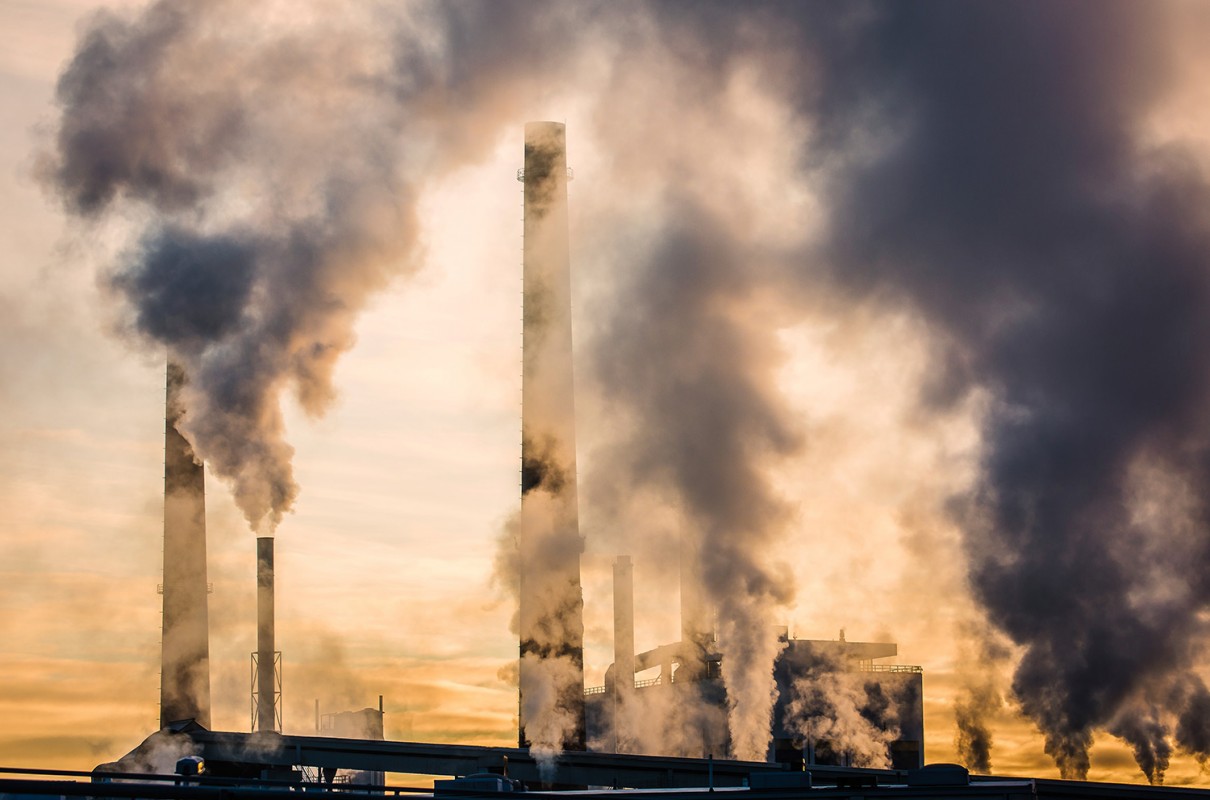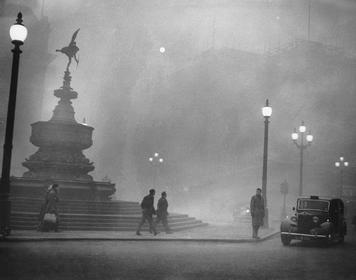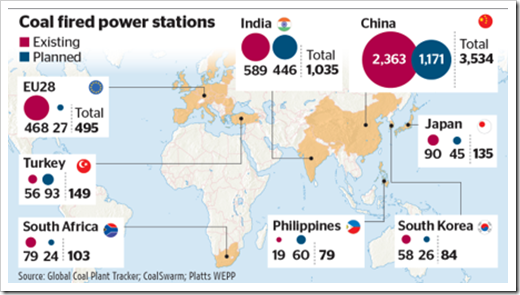 Imagine this - the year is 1882, and the modern world has just begun emerging from the first wave of industrialization led by Britain. Electricity and power sourcing have just taken a new turn thanks to Thomas Edison and his latest invention of the coal power plant.
Imagine this - the year is 1882, and the modern world has just begun emerging from the first wave of industrialization led by Britain. Electricity and power sourcing have just taken a new turn thanks to Thomas Edison and his latest invention of the coal power plant.
In the years to come, we will watch our daily dependency on coal grow as coal-powered electricity lights up our streets, powers our stoves, enhances our transportation, and facilitates factories into a future of machines and manufacturing.
Now back to 2024, when Britain, the first country to have coal power, became the first major country to entirely remove the usage of coal in the production of electricity. Reaching this point wasn’t easy, so let’s look at the path Britain took to achieve this historic moment.
Waking Up To The Impacts
In the middle of the 20th century, coal remained the main foundation of Britain's power sector.
 However, not long after was the Great Smog of 1952, which caused over 4,000 people in London to die in four days. “Smog” is a combination of smoke and fog and refers to the greenish-yellow smoke consisting of soot and sulfur dioxide. The reason for this smog was the burning of coal, which released greenhouse gasses and toxic chemicals into the atmosphere that were inhaled by workers.
However, not long after was the Great Smog of 1952, which caused over 4,000 people in London to die in four days. “Smog” is a combination of smoke and fog and refers to the greenish-yellow smoke consisting of soot and sulfur dioxide. The reason for this smog was the burning of coal, which released greenhouse gasses and toxic chemicals into the atmosphere that were inhaled by workers.
The burning of coal has also contributed to many issues since, such as acid rain, soil and water contamination, and global warming. The greenhouse gases released from the burning of coal are primarily responsible for the extreme weather we are seeing today as well as the warming of our oceans and the melting of glaciers.
According to an analysis from Carbon Brief, coal plants in the United Kingdom (UK) have burned through "4.6bn tonnes of coal and emitted 10.4bn tonnes of carbon dioxide (CO2)" to date, producing more emissions than most countries.
Getting Rid Of Coal
Ever since, England has commenced their mission to replace coal with alternatives like natural gas, nuclear power, and renewable energy sources like wind and solar farms. The government set the price of carbon and made legally binding greenhouse targets, forcing coal production to reduce and eventually shut down.
 Additionally, they regulated air pollution and pushed renewable energy companies by making sure they would sell at a profitable price. In 2015, the government of England announced the country’s plan to get rid of coal in a decade and successfully carried out this goal in 9 years.
Additionally, they regulated air pollution and pushed renewable energy companies by making sure they would sell at a profitable price. In 2015, the government of England announced the country’s plan to get rid of coal in a decade and successfully carried out this goal in 9 years.
Currently, in Britain, coal is only used for steel manufacturing, which contributes to only 2% of the nation’s emissions. Britain’s success is the result of competition from cheaper energy alternatives, along with government policy and enforcement.
This journey is far from over. Due to the shutting down of coal usage, many workers have been put out of work, and actions are being taken to close this gap in labor. Additionally, although coal, the dirtiest fossil fuel, has been eliminated, steps are needed to fully replace the use of natural gas and nuclear power with renewable energy, and further innovation is needed to make wind and solar energy sources reliable and stable.
However, because of Britain, many major countries like the United States have been encouraged to follow in the ridding of coal. For now, we can celebrate this milestone, which will go down in history as one of the major steps in the path of a green economy!
Sources: NPR, Washington Post, BBC, Our World in Data, Carbon Brief









